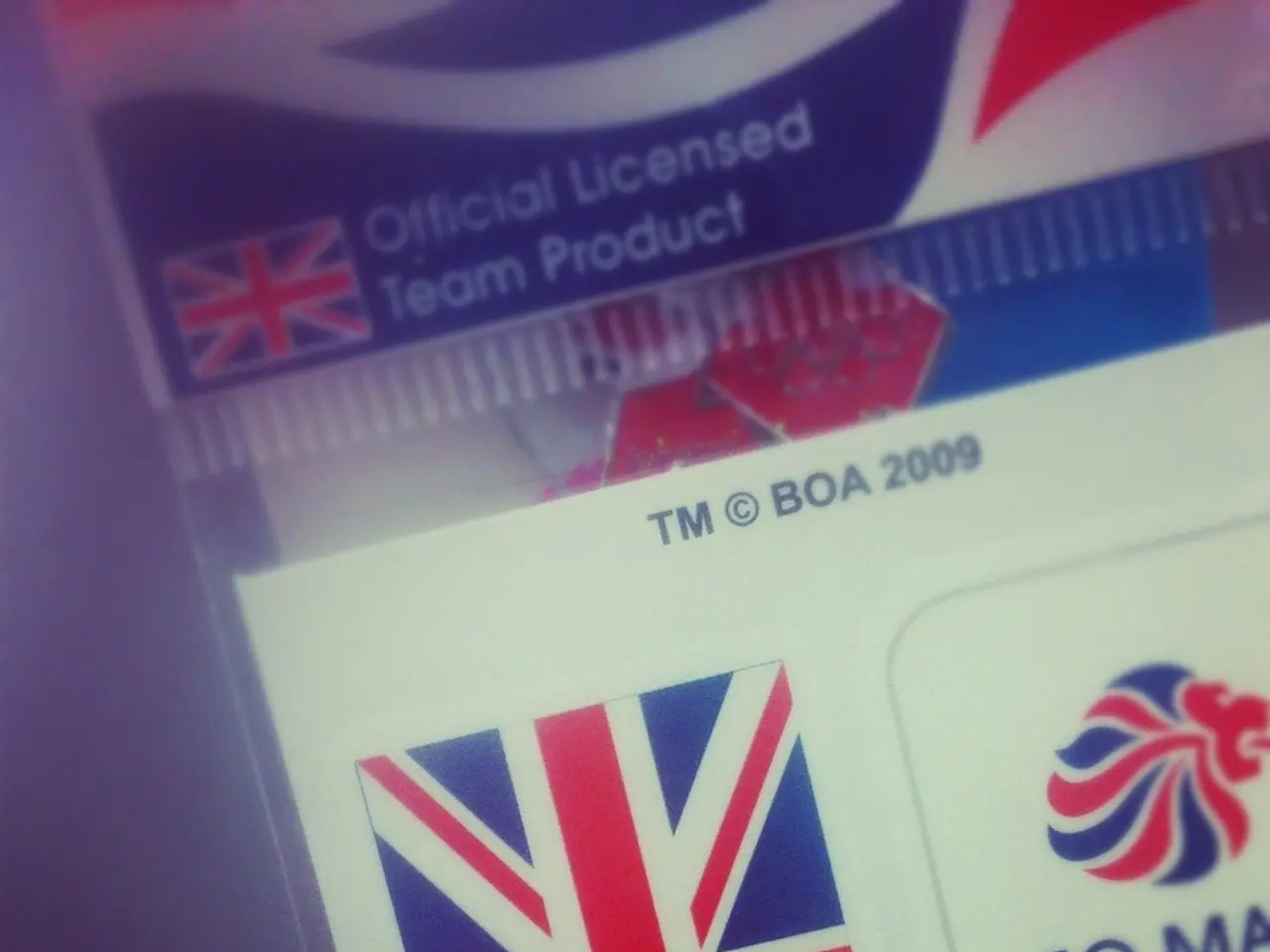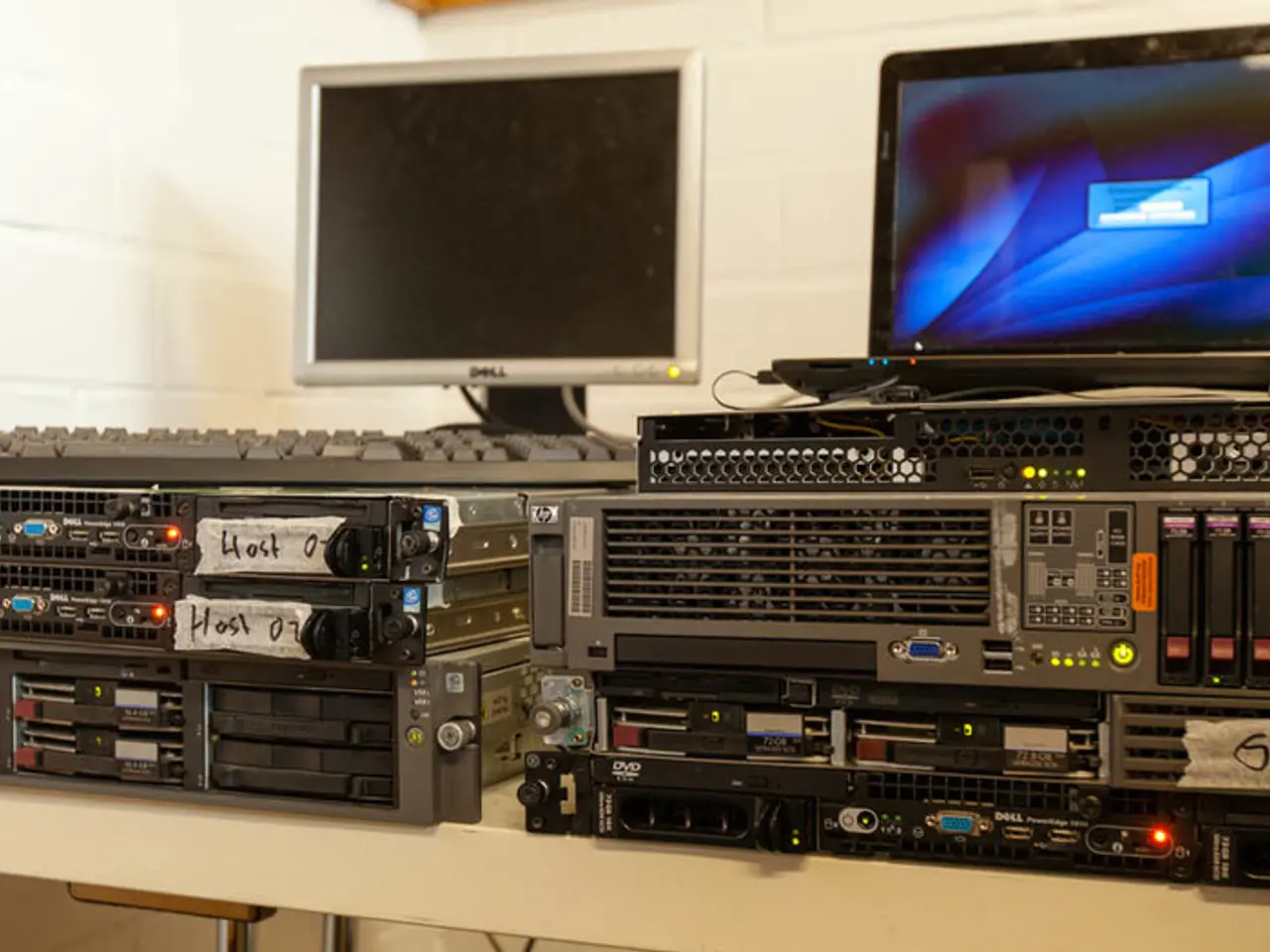Unspoken Expenses in the Production Sector of Advanced Technology
In an exciting development, a trailblazing company has unveiled a new production line using advanced robotics, marking a significant leap in the industry. However, as the world of manufacturing evolves, so too do the risks that come with it.
When planning for the next leap in production, it's crucial to consider not just the security of the factory, but also the security of the files. With the potential for cyber intrusions or intellectual property (IP) theft looming, companies leading in innovation, such as those pushing 3D tech, smarter automation, and zero-waste workflows, are winning because they address potential problems before they become costly.
An overlooked defect in a single print run could lead to a product recall and subsequent lawsuits. Hidden costs in modern production rarely lead to bankruptcy; it's the unexpected surprises that can cause significant problems. The real value of protected manufacturing lies in an ecosystem of trust, legal clarity, and digital vigilance.
To protect intellectual property and minimize risks in advanced manufacturing using 3D printers and additive manufacturing, several precautions can be taken:
- Securing design files and data transfer through strong encryption protocols such as Transport Layer Security (TLS) to prevent interception or tampering during transmission.
- Using blockchain technology to store cryptographic hashes of 3D designs, ensuring file authenticity, recording ownership, and tracking licensing transparently.
- Applying digital watermarking on designs or even physical 3D printed products to embed identifiable IP information and enable tracing or verification.
- Protecting innovations with up-to-date legal IP measures, including patents and copyrights tailored for additive manufacturing software and materials, supported by evolving regulations especially in regions like the UK and EU.
- Developing and patenting proprietary materials and processes, as material innovation forms a key competitive IP asset in 3D printing.
- Implementing "phygital" anti-counterfeiting solutions that combine physical 3D printed tokens encoding confidential data with digital verification tools to certify authenticity and ownership offline, thus reducing risks of cloning and unauthorized use.
Together, these precautions create a multi-layered defense covering technical, legal, and procedural aspects of IP security in additive manufacturing. They help mitigate common risks such as cyberattacks, design theft, counterfeiting, and IP disputes in a fast-evolving legal environment where protections are becoming more robust.
Data security is crucial in modern production, requiring locking down files, limiting access, and building encryption into workflows. Business insurance tailor-made for the risks of advanced production is necessary for operations relying on custom specs, rapid prototyping, or global file sharing. New technology, such as 3D printers, can introduce hidden risks. The liability web in modern production can be global, extending to third-party designers, international suppliers, and cloud-based prototyping.
Protected manufacturing is an active daily discipline, requiring triple-checking file transfers, staying sharp on patent boundaries, and guarding against risks opened by new technology. The fine print on insurance can make a significant difference between a minor issue and a headline-making crisis in protected manufacturing. The companies that will succeed tomorrow won't just be the fastest to produce; they'll be the ones who protect their breakthroughs as fiercely as they build them.
- The latest innovation in a startup's production line, utilizing advanced robotics, has sparked widespread reviews in the world of business and technology.
- In the ongoing evolution of the manufacturing industry, addressing potential cyber threats and safeguarding intellectual property (IP) is becoming increasingly important for companies driving innovation.
- News of a product recall due to a overlooked defect in a 3D printed product underscores the need for protection in advanced manufacturing, especially when it comes to 3D designs and files.
- In an attempt to mitigate risks in 3D printing, various precautions have been outlined, including the use of encryption protocols, blockchain technology, digital watermarking, and up-to-date legal IP measures.
- Businesses operating in the realm of additive manufacturing require tailored insurance policies to manage risks associated with custom specs, rapid prototyping, and global file sharing.
- The successful companies of tomorrow will not only be the fastest to develop cutting-edge technology, but also the ones who protect their intellectual properties as vigilantly as they create them, acting as a safeguard against potential cyberattacks, design theft, and counterfeiting in the ever-evolving business world.




